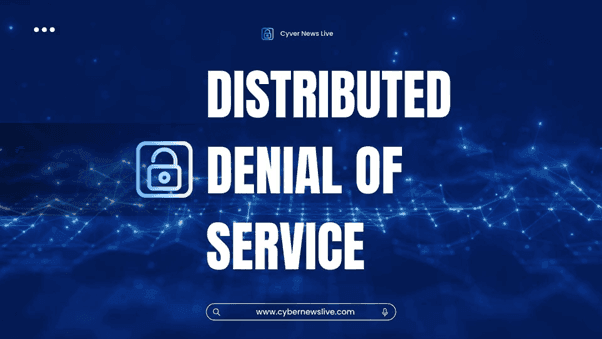
What is a Distributed Denial of Service Attack
Introduction
A Distributed Denial of Service (DDoS) attack disrupts networks by overwhelming them with artificial traffic, preventing them from functioning properly. Hackers use these attacks to extort money from organizations or create entry points for further damage or data theft. The impact often halts critical operations, such as contact center agents recording customer orders, managers accessing vital sales reports, or field engineers logging completed jobs. This disruption directly results from the excessive, malicious traffic hackers generate to slow down the network.
Users experience a DDoS attack through severe delays or complete outages when accessing essential tools and services. Beyond immediate disruptions, these attacks can cause long-term issues like lost revenue, reputational damage, and diminished trust among clients or customers. Hackers also use DDoS attacks as a distraction, diverting IT teams while attempting to infiltrate the network for more significant damage.
This article examines the mechanics of DDoS attacks and provides actionable steps to prevent them. By recognizing attackers’ tactics and implementing strong cybersecurity measures, businesses can reduce risks and maintain smooth operations in the face of these persistent threats.
Characteristics
As the name suggests, a Distributed Denial of Service (DDoS) attack originates from multiple sources. Hackers generate traffic from numerous compromised devices, making it difficult to defend against. Blocking a single source might resolve the issue, but in a distributed attack, the traffic comes from a vast network of infected devices. Hackers often use botnets to generate massive amounts of traffic that overwhelm a network.
The attack focuses on quantity. Hackers flood the network with data packets, clogging its bandwidth with excessive traffic. This overload prevents applications from functioning properly because the network cannot retrieve or transmit the necessary data. Hackers often target applications that rely on HTTP or exploit vulnerabilities in protocols such as TCP, SYN, or UDP.
Prevention and Mitigation
A number of strategies are required to defend your network against such attacks. One solution implemented by itself is not enough. The barrier has to be multi-level.
Intrusion Protection System
The first protection method begins at the network level. Your firewall serves as the first barrier to entry, and implementing an Intrusion Protection System strengthens your defense. This system detects and blocks abnormal, potentially malicious traffic patterns. Configuring rate limiting ensures that a server handles only a specific number of requests from an IP address within a given timeframe. Geo-blocking adds another layer of defense by blocking traffic from specific locations. If a location has a known reputation for DDoS attacks, you can proactively block it.
Load Balancer
A common tool in most networks is a load balancer. After traffic passes through the firewall, its next destination is the load balancer. The primary function of the load balancer is to prevent any single server from becoming overwhelmed with traffic. Load balancers can help alleviate the impact of a DDoS attack if one occurs. Alternatives to load balancers, such as a Content Delivery Network (CDN) or Anycast Routing, perform similar functions and offer additional options for managing traffic effectively.
WAFs
Pragmatic protection also applies at the application level if the network is breached. Installing Web Application Firewalls (WAFs) on application servers helps defend against HTTP-based DDoS attacks. WAFs filter out malicious application-layer traffic, providing an additional layer of security.
Segmentation/Whitelisting
The initial setup of your network plays a crucial role in protecting against DDoS attacks. Network architecture is vital in this regard. Start by segmenting your network into separate sections, which slows down potential attacks. Another effective method is implementing IP allowlisting, permitting traffic only from trusted IP addresses. This approach significantly reduces the likelihood of a successful DDoS attack.
Should a DDoS attack occur there are also Mitigation methods to extinguish the attack. There are a number of 3rd party tools to use in this instance. These are:
- Cloudflare
- Akamai
- AWS Shield
These are essentially Traffic scrubbing Services that work on the traffic within your network before the traffic hits your server.
Conclusion
The methods mentioned above are just a few ways to prevent a DDoS attack. Many additional strategies can be employed, depending on your specific needs and network setup. The key takeaway is that an effective defense requires a combination of these approaches, tailored to the unique architecture and requirements of your network.
This article was written by Jajhar Singh. With 20 years of experience in the IT Services Industry, he writes in areas such as Technical Documentation and Copywriting.
If you’d like to be a freelance journalist, writer, or weekend warrior with Cyber News Live, please email us at contact@cybernewslive.com. Thank you!

